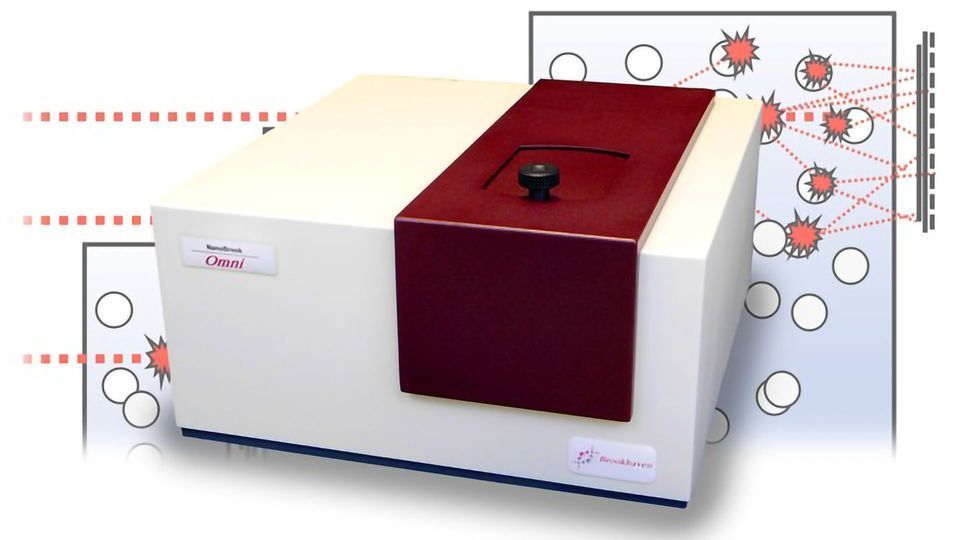Dynamic Light Scattering Measurement in High Concentration Solutions

NanoBrook Omni particle sizer
Want to listen to this article for FREE?
Complete the form below to unlock access to ALL audio articles.
Read time: Less than a minute
Testa Analytical Solutions e.K announces a comprehensive new applications study that explains why making Dynamic Light Scattering (DLS) measurements in concentrated solutions is difficult.
Dynamic Light Scattering is a widely used and effective technique for measuring the hydrodynamic size of common materials including colloids, nanoparticles, proteins, and polymers.
Despite the versatility of this technique, the study discusses two major factors that impact the ability to measure particle size at high concentrations: multiple scattering and interparticle interactions.
The authors of the study conclude that even in the absence of multiple scattering, measurements made in the semi-dilute region do not necessarily reveal particle size, and thus great care must be used to interpret such results. It is also demonstrated that serial dilution can be used to identify the region in which the sample is sufficiently dilute to reliably calculate particle size directly.
The NanoBrook Omni particle sizer and zeta potential analyzer from Testa Analytical provides users with fast, routine, sub-micron measurements of size and zeta potential for proteins, polymers and colloidal dispersion applications. Based on the principles of Dynamic Light Scattering (DLS) for particle sizing and distribution, and on Doppler
velocimetry (electrophoretic light scattering, ELS) for zeta potential, most measurements only take a minute or two. The instrument also includes Phase Analysis Light Scattering (PALS) measurements for samples with low mobilities such as saline and PBS.
Dynamic Light Scattering is a widely used and effective technique for measuring the hydrodynamic size of common materials including colloids, nanoparticles, proteins, and polymers.
Despite the versatility of this technique, the study discusses two major factors that impact the ability to measure particle size at high concentrations: multiple scattering and interparticle interactions.
The authors of the study conclude that even in the absence of multiple scattering, measurements made in the semi-dilute region do not necessarily reveal particle size, and thus great care must be used to interpret such results. It is also demonstrated that serial dilution can be used to identify the region in which the sample is sufficiently dilute to reliably calculate particle size directly.
The NanoBrook Omni particle sizer and zeta potential analyzer from Testa Analytical provides users with fast, routine, sub-micron measurements of size and zeta potential for proteins, polymers and colloidal dispersion applications. Based on the principles of Dynamic Light Scattering (DLS) for particle sizing and distribution, and on Doppler
velocimetry (electrophoretic light scattering, ELS) for zeta potential, most measurements only take a minute or two. The instrument also includes Phase Analysis Light Scattering (PALS) measurements for samples with low mobilities such as saline and PBS.

